
Can slaughter ever be humane? A closer look at the industry standard





Coral Red: Mostly False
Orange: Misleading
Yellow: Mostly True
Green: True
Learn more about our fact-checking policies
What Does “Humane Slaughter” Actually Mean?
The term “humane slaughter” refers to practices intended to minimize animal suffering during the killing process. In many countries, including those in the E.U., the U.S., and the U.K., slaughter laws require that most animals be rendered unconscious before being killed—a process known as stunning.
This includes:
- Captive bolt stunning for cows
- Electrical stunning for pigs and poultry
- Gas stunning using carbon dioxide (commonly used for pigs and poultry)
But while these methods are considered best practices, there is no global consensus on what constitutes “humane.” And more importantly, these practices are often imperfectly implemented—especially at the scale required to meet global meat demand.
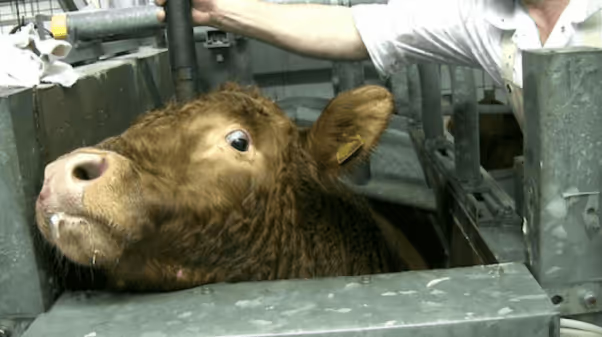
Does Stunning Always Prevent Suffering?
Unfortunately, no. Stunning is not always effective, particularly in high-speed slaughterhouses where time pressures reduce the chance of proper technique.
- Research has shown that electrical stunning of pigs fails up to 31% of the time, and bolt stunning for cows worked on the first attempt only 28% of the time.
- The U.S. Government Accountability Office has documented significant violations of the Humane Methods of Slaughter Act in American meat facilities, particularly under high production pressures.
- In undercover investigations, animals are sometimes improperly stunned and regain consciousness before or during slaughter—a clear failure of the process.
Even when done correctly, stunning does not erase the stress, fear, and suffering animals often experience during transport, handling, and pre-slaughter confinement.
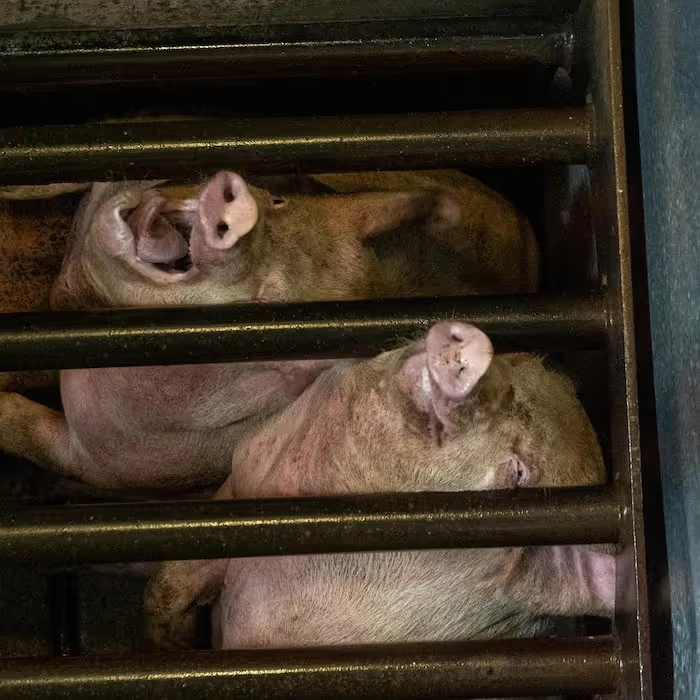
How Does Industrial Slaughter Impact Animal Welfare?
Slaughterhouses that process thousands of animals per day operate on tight schedules. Speed and efficiency are prioritized, leaving little room for individualized care. This creates conditions where:
- Workers are rushed, increasing the chance of error
- Animals may be improperly restrained, leading to injury
- Stress levels are high, due to noise, unfamiliar environments, and handling
Multiple undercover investigations from The Animal Justice Project documented how industrial meat plants regularly fail to uphold even minimal welfare standards. In some facilities, animals are routinely subjected to painful procedures and handled roughly by undertrained or overburdened workers.
The industrial context directly undermines the possibility of truly humane treatment.
Is the Idea of “Humane Slaughter” an Oxymoron?
Many animal welfare scientists and ethicists argue that the phrase “humane slaughter” is fundamentally contradictory. Taking a life—especially of an animal not in pain or distress—is inherently a moral dilemma.
While pain can be reduced, death is never painless in the existential sense. The animal loses everything. And even in best-case scenarios, the fear and stress leading up to slaughter are difficult, if not impossible, to eliminate.
This tension has led critics to question whether “humane slaughter” is primarily a marketing term—designed to ease consumer guilt rather than reform the system.
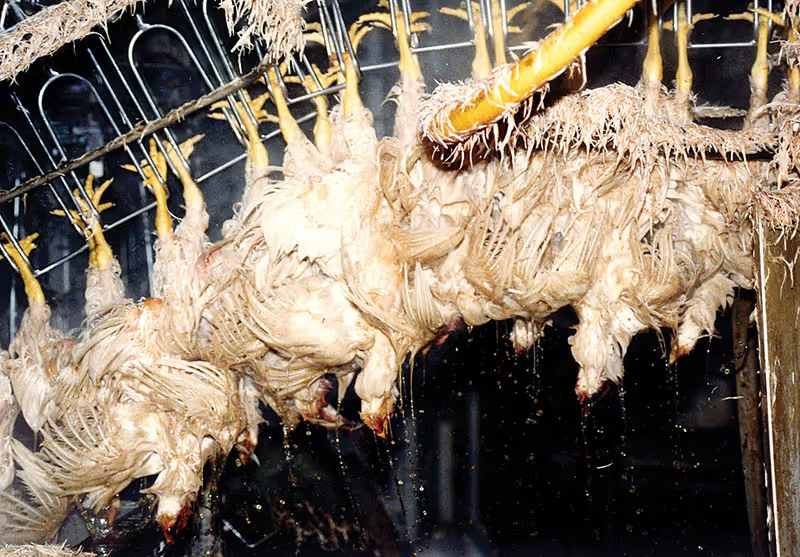
Why Do People Believe Humane Slaughter Is the Ethical Option?
Because the industry—and many certification bodies—promote the idea. Labels like “Certified Humane,” “RSPCA Assured,” and “Animal Welfare Approved” offer consumers reassurance, even though their standards vary widely and are not always well-enforced.
Consumers understandably want to reduce harm. Choosing “humanely raised” products feels like a middle ground between concern for animals and dietary habits. But that middle ground may be more symbolic than substantial, especially when the reality of slaughter doesn’t match the rhetoric.
What Does 'Harm Reduction' or Welfarism Mean?
Not everyone agrees on whether humans should eat animals, but for now, many still do. That’s the reality: more than 70 billion land animals are killed every year for food. If we include fish, the number reaches into the trillions.
This raises an important question: If we can’t stop all animal slaughter overnight, what can be done to reduce suffering in the meantime? This is where harm reduction and welfarism come in.
Harm Reduction
Harm reduction means trying to make things less bad. It doesn’t solve the root problem, in this case, the killing of animals, but it aims to reduce the pain and suffering involved. Think of it like a first step, not a final goal.
Some examples:
- Eating fewer animal products can reduce overall demand and thus the number of animals killed.
- Looking for welfare labels might encourage better conditions (though labels can be misleading).
- Demanding transparency in slaughterhouses helps hold companies accountable.
What Is Welfarism?
Welfarism is the idea that while animals are still being used and killed by humans, we should at least try to treat them better. This could mean:
- Better living conditions before slaughter.
- Faster, more “humane” killing methods.
- Laws to reduce extreme cruelty.
Welfarism is often seen as a compromise, a middle ground between doing nothing and going fully vegan. But it’s controversial. Some argue it creates a false sense of progress and makes consumers feel more comfortable with animal use, instead of challenging it.
What About Abolitionism?
On the other hand, abolitionism is the belief that using and killing animals is fundamentally wrong—no matter how “nicely” it’s done. This is the core of the modern vegan movement: a push not just for less harm, but to end animal exploitation altogether.However, abolitionism isn’t always easy for the general public to embrace. That’s why welfarist measures often gain more support—they feel more practical or less extreme to people who aren’t ready for major lifestyle changes.
Is There a Better Way Forward?
The question of humane slaughter leads naturally into a larger conversation about our food system, and whether truly compassionate alternatives exist.
Animal-free foods, cultivated meats, and plant-based options are evolving rapidly. While not without challenges, these emerging technologies offer a pathway toward reducing the need for animal slaughter altogether.
Just as the concept of “humane slaughter” aims to reduce harm, a transition toward alternatives can eliminate it.
Reimagining Ethics in Our Food System
“Humane slaughter” may be seen as less harmful by some sections of society, rather than overt cruelty, but it is not a solution. It’s a compromise within a system that prioritizes speed, scale, and profit over sentience. By questioning these terms, and looking more closely at what they obscure—we can move toward a food system based on transparency, empathy, and evolution.

Sources:
Animal Equality (17 December 2020). “EU States Can Now Mandate Pre-Slaughter Animal Stunning”
Animal Justice Project. Undercover Investigations.
Compassion in World Farming (July 2018). “Humane Slaughter: Overview”
PETA (6 December 2017). “Video: At World’s Largest Meat Co., Cows Inadequately Stunned”
PETA UK (10 June 2024). “Why You Can’t Trust Meat Assurance Labels”
Pignorant
The Humane League (10 February 2025).”Slaughterhouses: How Are Animals Killed In a Slaughterhouse?”
U.S. Government Accountability Office (4 March 2010). “Humane Methods of Slaughter Act: Weaknesses in USDA Enforcement”



Foodfacts.org is an independent non-profit fact-checking platform dedicated to exposing misinformation in the food industry. We provide transparent, science-based insights on nutrition, health, and environmental impacts, empowering consumers to make informed choices for a healthier society and planet.
🛡️ Stand Against Nutrition Misinformation
Misinformation is a growing threat to our health and planet. At FoodFacts.org, we're dedicated to exposing the truth behind misleading food narratives. But we can't do it without your support.
Your monthly donation can:
✅ Combat viral diet myths and corporate spin
✅ Support our team of dedicated fact-checkers and educators
✅ Keep our myth-busting platforms running

Was this article helpful?

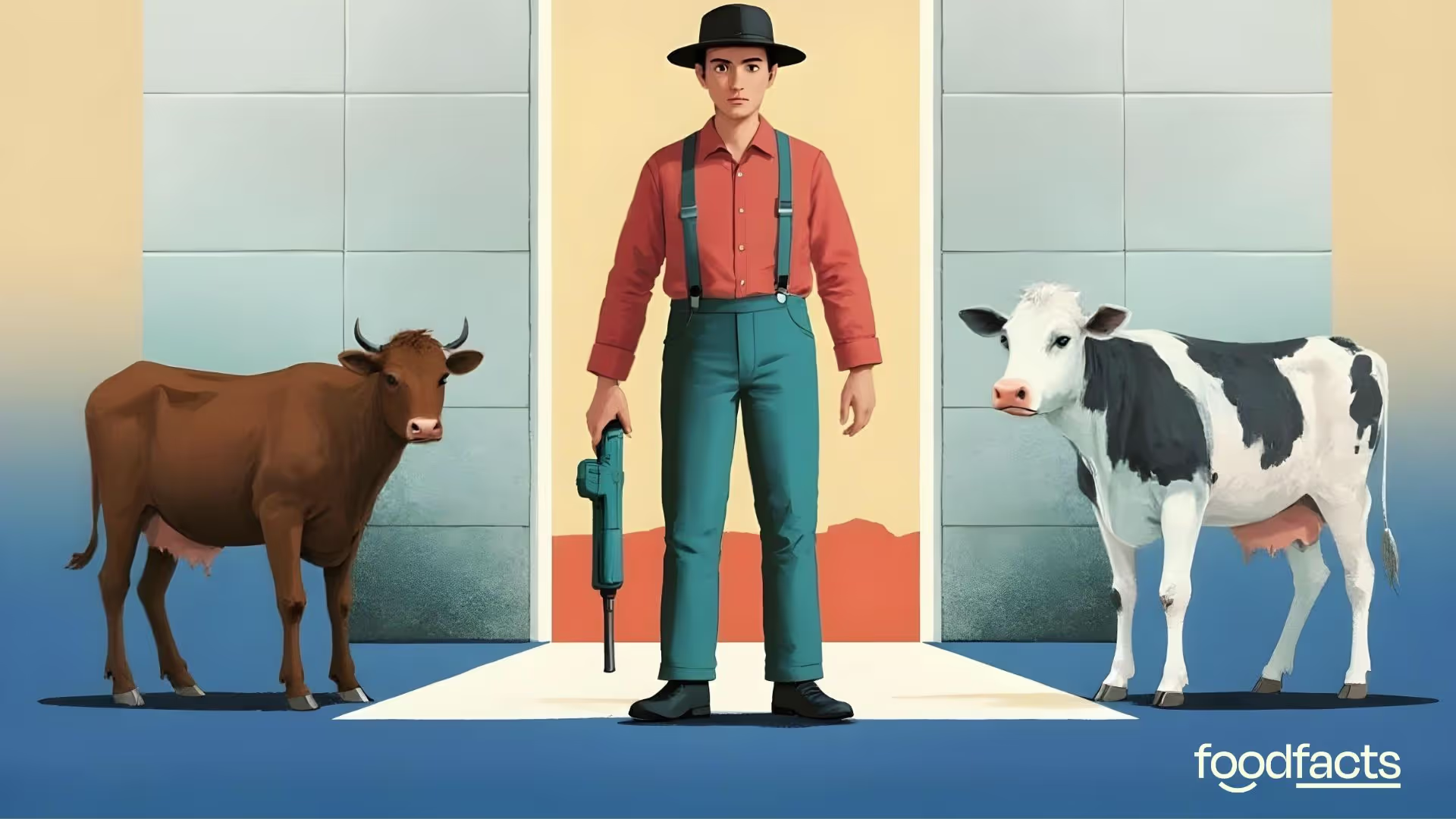










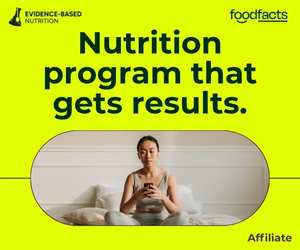


.svg)
